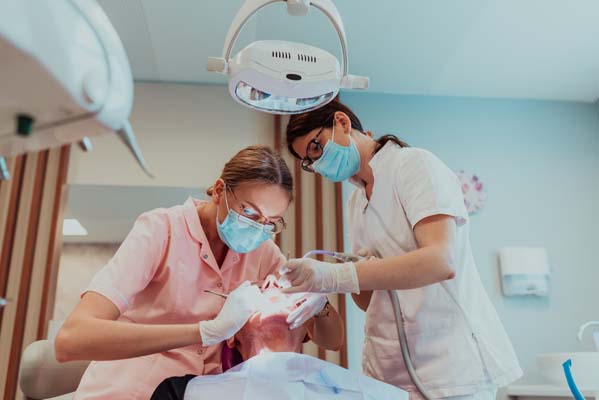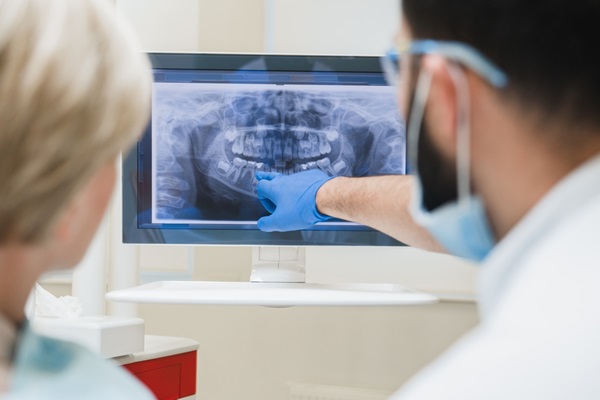Socket Preservation Graft From an Oral Surgeon

If you intend to have a removed tooth replaced in the future and one of your treatment choices is a dental implant, you may need to undergo a socket preservation graft from an oral surgeon. The bone graft will protect the tooth socket, preventing it from getting resorbed.
An overview of socket preservation bone grafts
A socket preservation graft is a dental operation performed at the same time as a tooth extraction. After the tooth extraction, the dentist will insert bone graft material straight into the socket where the tooth's roots used to be. The bone transplant material might originate from several different places. Some are entirely synthetic, while others incorporate demineralized animal bone. These animal products are bone granules and contain no organic content.
Small white granules, roughly the size of kosher salt, make up the bone transplant material. It creates a matrix for the natural bone to grow and heal inside the empty socket. This material aims to encourage the body's bone to fill up the socket created by tooth extraction.
The importance of socket preservation bone graft
The sole function of the jawbone is to keep teeth in place. The bone normally reduces in breadth and height when a tooth is extracted. This shrinking may make it impossible to later have a dental implant replace the lost tooth. A socket preservation bone graft delays the shrinking process and preserves the jawbone's average breadth and height at the tooth extraction site.
A socket preservation graft is a quick and painless operation done just after the tooth extraction. No extra surgical operation is required, unlike other forms of bone transplants. The surgeon inserts the material into the socket and uses a collagen plug or membrane to cover it before using stitches to keep it together until healing is complete.
Socket preservation bone grafts are also less costly than other forms of bone grafts due to their simplicity, as they may be placed right after the extraction. It is usually less costly to preserve current bone than to restore lost bone.
Eligibility for socket preservation
It is hard to tell how fast a person's jawbone can deteriorate. In general, the upper jaw loses more bone than the lower, and older individuals lose bone quicker than younger people. After examining the patient's health history and comprehensive 3D scans of the jaws, the oral surgeon may make an informed prediction about the patient's particular condition.
Final note
Call the dental office to book an appointment with the dental professional. They can evaluate your unique case and answer any concerns concerning socket preservation graft, extraction, and prospective tooth replacement choices.
Request an appointment here: https://spectrumsurgical.net or call Facial Spectrum at (816) 524-4334 for an appointment in our Lee's Summit office.
Check out what others are saying about our services on Yelp: Read our Yelp reviews.
Recent Posts
Research shows that Botox™ appeals to both men and women. Many individuals want to battle the signs of aging. This common treatment helps them look years younger without going under the knife. Learning when to get Botox from your oral surgeon can help you prepare for treatment day.Jaw clenching or teeth grinding at night is…
Searching for the most knowledgeable and skilled oral surgeon in your area can be challenging. But if you find the right dental care provider, you can achieve the enhancements that you want or need. Finding the right provider will need a little effort. Here are some tips you must consider for choosing the oral surgeon…
A facelift can give you a more youthful appearance. Getting this procedure from an oral surgeon can even enhance your oral health. This dental care provider has the knowledge and experience to bring out the results that you want. Here are the main reasons to get your facelift from an oral surgeon.This dental professional is…
A facial surgeon can help you improve your appearance or correct medical conditions. A complete assessment must happen first before creating a custom-fit treatment plan. This healthcare professional aims to help you meet your cosmetic and health goals. Here are the common procedures you should consider from an experienced facial surgeon.This form of surgery can…


